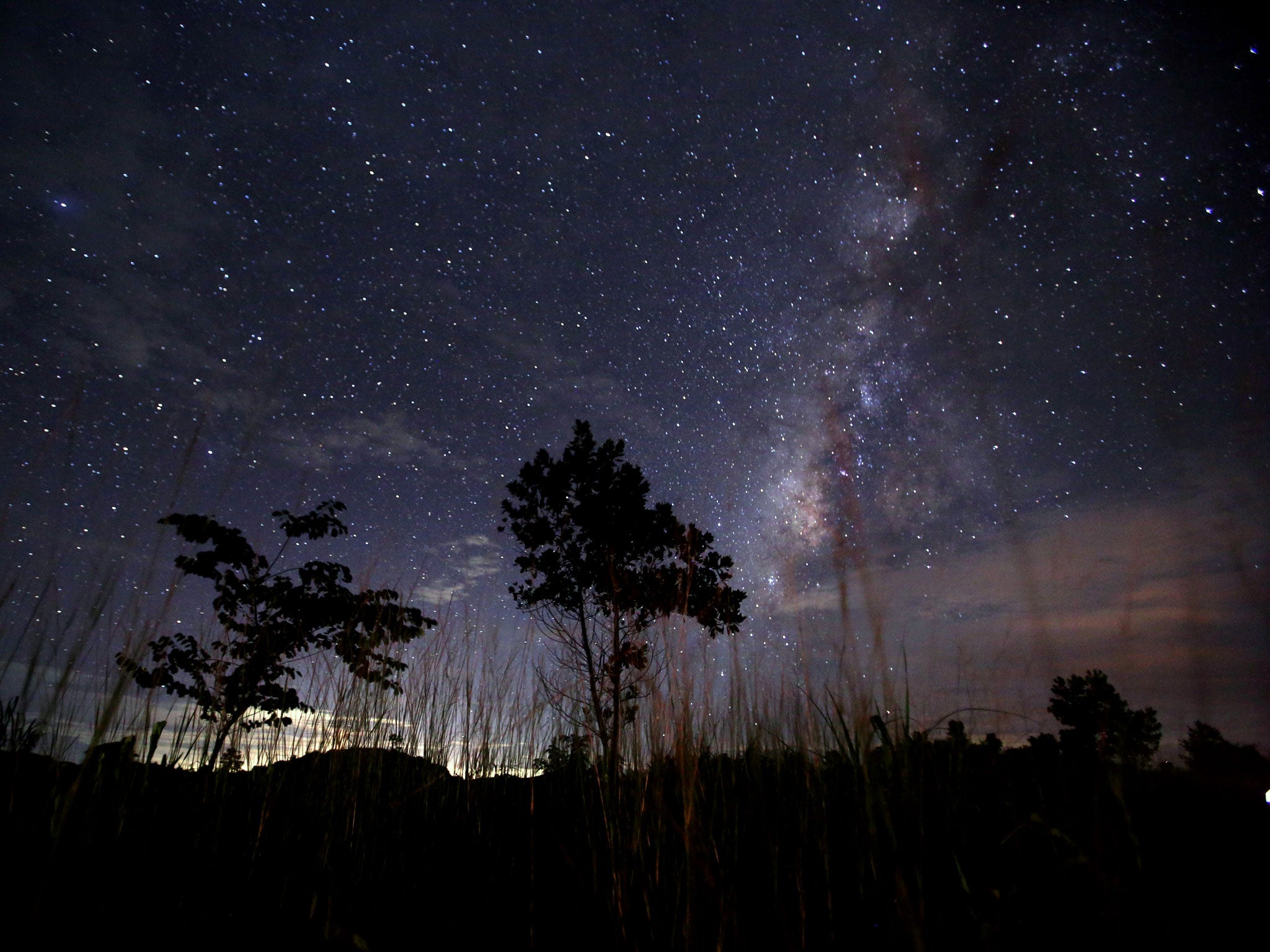Astronomers take a closer look at 'megastructures' orbiting star near the Milky Way
A star identified by the Kepler Space Telescope may harbour structures which could point to an advanced technological civilisation

Your support helps us to tell the story
From reproductive rights to climate change to Big Tech, The Independent is on the ground when the story is developing. Whether it's investigating the financials of Elon Musk's pro-Trump PAC or producing our latest documentary, 'The A Word', which shines a light on the American women fighting for reproductive rights, we know how important it is to parse out the facts from the messaging.
At such a critical moment in US history, we need reporters on the ground. Your donation allows us to keep sending journalists to speak to both sides of the story.
The Independent is trusted by Americans across the entire political spectrum. And unlike many other quality news outlets, we choose not to lock Americans out of our reporting and analysis with paywalls. We believe quality journalism should be available to everyone, paid for by those who can afford it.
Your support makes all the difference.A large cluster of objects in space look like something you would "expect an alien civilization to build", astronomers have said.
Jason Wright, an astronomer from Penn State University, is set to publish a report on the “bizarre” star system - suggesting the objects could be a “swarm of megastructures”.
He told The Independent: "I can’t figure this thing out and that’s why it’s so interesting, so cool – it just doesn’t seem to make sense."
Speaking to The Atlantic, Mr Wright said: "Aliens should always be the very last hypothesis you consider, but this looked like something you would expect an alien civilisation to build. I was fascinated by how crazy it looked."
The snappily named KIC 8462852 star lies just above the Milky Way, between the constellations Cygnus and Lyra. It first attracted the attention of astronomers in 2009, when the Kepler Space Telescope identified it as a candidate for having orbiting Earth-like planets.
But KIC 8462852 was emitting a stranger light pattern than any of the other stars in Kepler’s search for habitable planets.
Kepler works by analysing light from distant places in the universe — looking for changes that take place when planets move in front of their stars. But the dip in starlight from KIC 8462852 does not seem to be the normal pattern for a planet.
Tabetha Boyajian, a postdoc at Yale, told The Atlantic: “We’d never seen anything like this star. It was really weird. We thought it might be bad data or movement on the spacecraft, but everything checked out.”
In 2011 the star was flagged up again by several members of Kepler’s “Planet Hunters” team – a group of ‘citizen scientists’ tasked with analysing the data from the 150,000 stars Kepler was watching.
The analysts tagged the star as “interesting “ and “bizarre” because it was surrounded by a mass of matter in tight formation.
This was consistent with the mass of debris that surrounds a young star just as it did with our sun before the planets formed. However this star was not young and the debris must have been deposited around it fairly recently or it would have been clumped together by gravity – or swallowed by the star itself.
Boyajian, who oversees the Planet Hunters project, recently published a paper looking at all the possible natural explanations for the objects and found all of them wanting except one – that another star had pulled a string of comets close to KIC 8462852. But he said even this would involve an incredibly improbable coincidence.
A this stage Mr Wright, the astronomer from Penn State University, and his colleague Andrew Siemion, the Director of SETI (Search for Extra-Terrestrial Intelligence), got involved. Now the possibility the objects were created by intelligent creatures is being taken very seriously by the team.
As civilisations become more technologically advanced, they create new and better ways of collecting energy — with the end result being the harnessing of energy directly from their star. If the speculation about a megastructure being placed around the star system is correct, scientists say it could be a huge set of solar panels placed around the star.
The three astronomers want to point a radio dish at the star to look for wavelengths associated with technological civilisations. And the first observations could be ready to take place as early as January, with follow-up observations potentially coming even quicker.
“If things go really well, the follow-up could happen sooner,” Wright told The Atlantic. “If we saw something exciting… we’d be asking to go on right away.”
Join our commenting forum
Join thought-provoking conversations, follow other Independent readers and see their replies
Comments